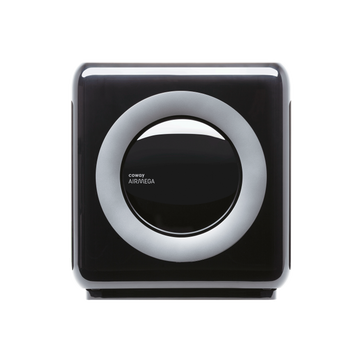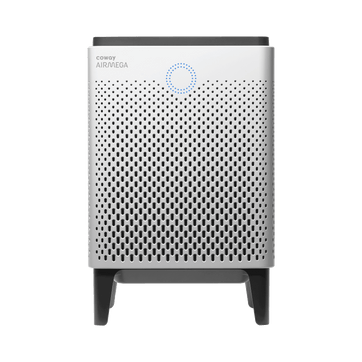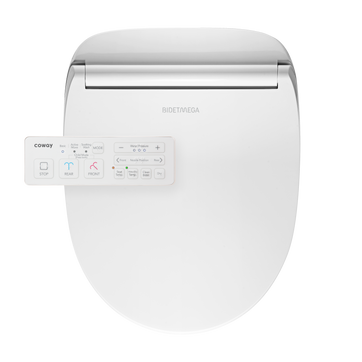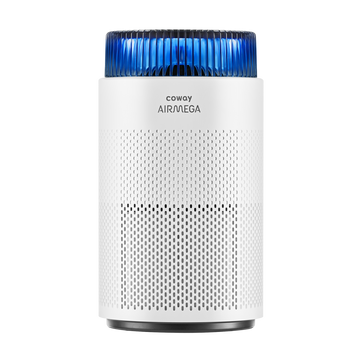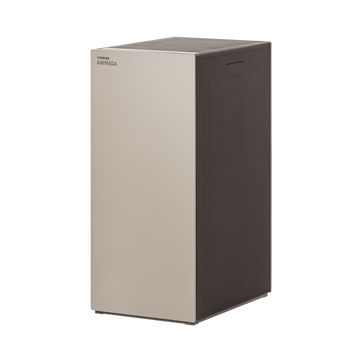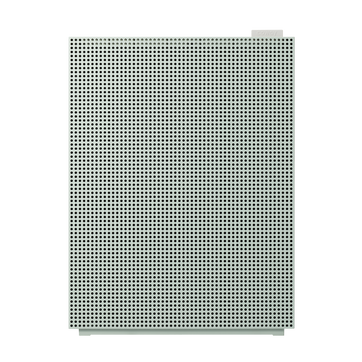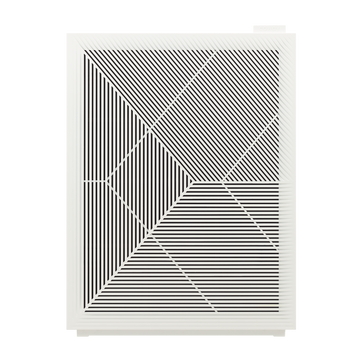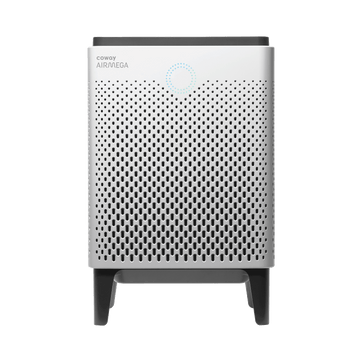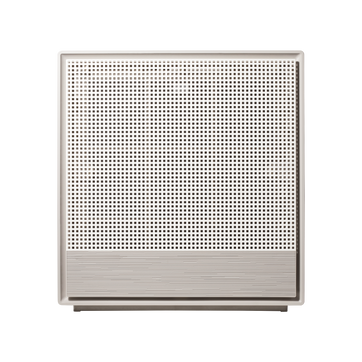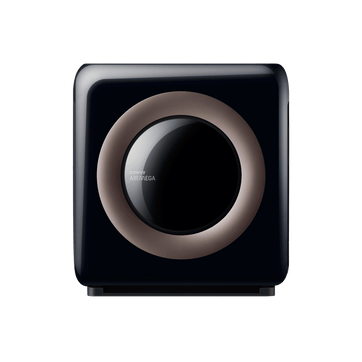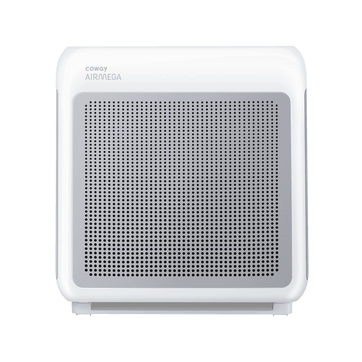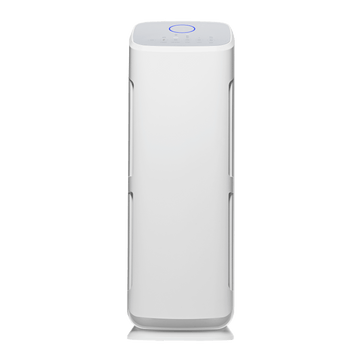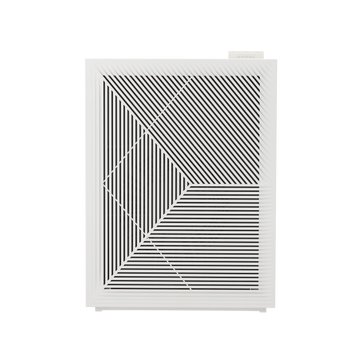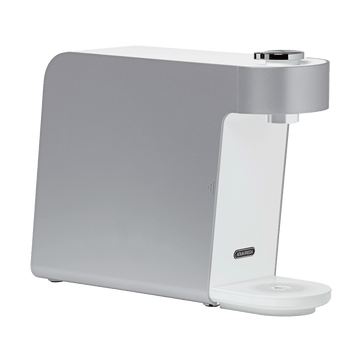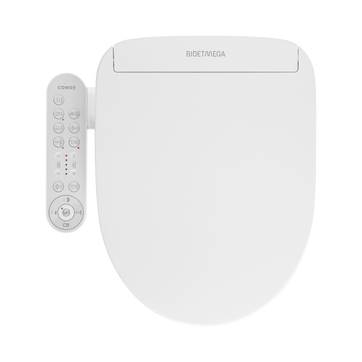
What Is Particulate Matter and Why Does It Matter?
Particulate matter (PM) refers to microscopic solids and liquid droplets suspended in the air that make up a significant portion of the "not-air" in the atmosphere we breathe. This complex mixture of particles varies in size, composition and origin, but can impact both human health and the environment.
In short: particulate matter is an umbrella term that describes a mixture of liquids and solids, from both human and natural origins, suspended in the atmosphere.
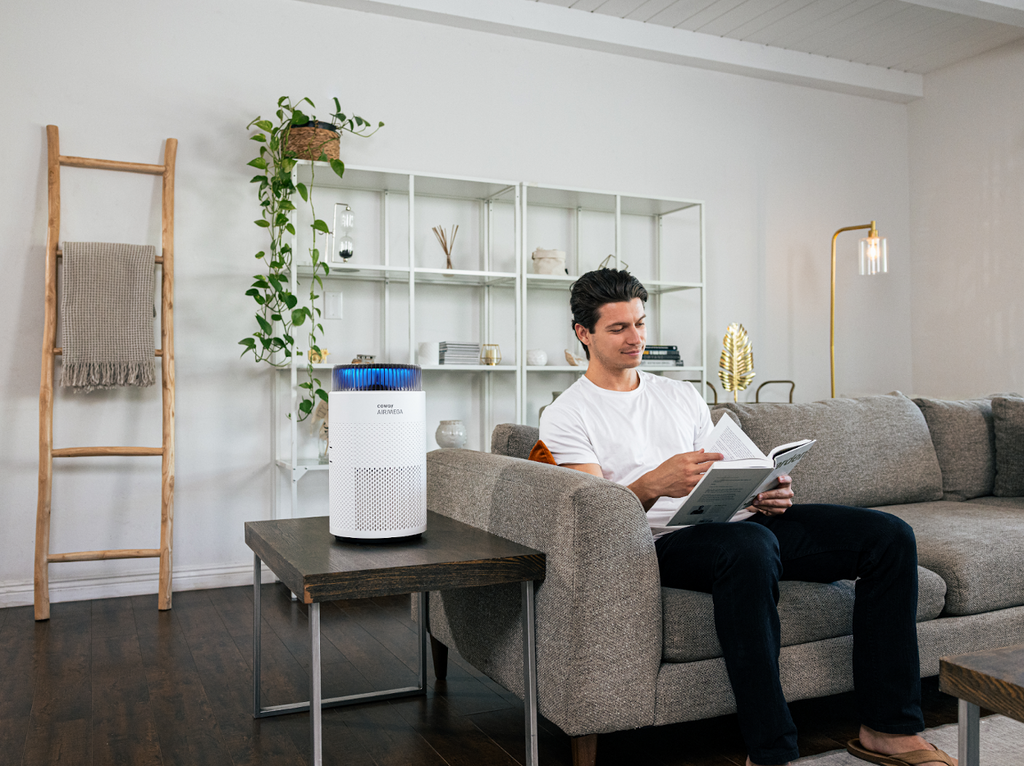
What Are The Types of Particulate Matter?
There are two main types of particulate matter categorized by size - coarse particulate matter (PM10) and fine particulate matter (PM2.5).
PM10
PM10 refers to particles with diameters between 2.5 and 10 micrometers, about 1/5 the thickness of a human hair. Sources include dust, pollen, mold, and smoke. Although over 90% of PM10 particles are too small to be visible, they can still be inhaled.
PM2.5
PM2.5 describes even smaller particles less than 2.5 micrometers in diameter. At this tiny size, they can only be seen under a microscope. Sources of PM2.5 include smoke and fumes from vehicles, power plants, industries, wildfires, and wood burning. Their minuscule size allows them to lodge deep in the lungs and enter the bloodstream, making PM2.5 particularly hazardous to human health.
Differentiating between PM10 and PM2.5 is important to understand their sources, behavior, health impacts, and approaches for regulation.

Scientists categorize particulate matter by size. Coarse particles between 2.5-10 micrometers are called PM10. For reference, a human hair measures 50-70 micrometers across. Smoke and dust are visible forms of PM10. Even smaller are fine particles under 2.5 micrometers, labeled PM2.5. Though representing over 90% of all particulate matter, these are invisible without a microscope. Examples include emissions from smokeless heating and road dust.
Sources and Formation of Particulate Matter
The EPA designates particulate matter sources as either primary or secondary.
- Primary particulates like dust and soot come directly from activities such as agriculture, construction and wildfires.
- Secondary particulates form when gases from burning fuels react in sunlight and moisture to create new compounds.
As a result, primary PM10 tends to predominate away from urban centers, while secondary PM2.5 is more associated with industrialized areas.
Health Effects of Particulate Matter
Numerous studies link PM2.5 exposure specifically to decreased lung function, aggravated respiratory symptoms like coughing, and reduced life expectancy. The minuscule size allows fine particles to penetrate deep into lung tissue and enter the bloodstream, carrying a mix of potentially hazardous components.
The exact thresholds where health impacts emerge remain unclear. But the EPA still maintains limits on exposure levels to protect public health through the National Ambient Air Quality Standards:
When these ceilings are exceeded, local authorities will issue warnings to minimize outdoor exposure until levels drop.

Environmental Impacts of Particulate Matter
Urban areas typically suffer from higher particulate concentrations originating from dense traffic, construction and industrial activities. But these airborne particles can carry hundreds of miles, contributing to regional haze and smog issues. When PM eventually settles, it introduces an imbalance of nutrients and chemicals into local soil and waters that damages sensitive ecosystems.
What’s The Deal With Indoor Particulate Matter?
Particle pollution is a year-round phenomenon, both indoors and out. Staying inside doesn't guarantee safety, as home activities also generate PM2.5 through cooking, candles, smoking and more. Investing in ventilation improvements and advanced air filtration can effectively capture indoor particulate matter and maintain healthier indoor air quality.
6 Tips for Reducing Particulate Matter Exposure at Home
Particulate matter (PM) pollution can occur year-round, so it's important to monitor daily air quality measurements. When outdoor PM levels are high, limit time outside and exposure. However, PM2.5 particles can also accumulate indoors from activities like cooking, smoking, burning candles, and operating fireplaces.
While avoiding these activities altogether may not be realistic, there are ways to reduce indoor PM2.5:
- Properly ventilate through range hoods, bathroom and kitchen fans while cooking or showering to direct PM outside. Consider upgrading to high-efficiency particulate air (HEPA) filters.
- If you smoke, do so outside and away from doors or windows. Better yet, protect your lungs and quit smoking.
- When possible, switch from burning candles or wood fireplaces to cleaner electric heating and battery-operated candles.
- Allow fresh air to circulate regularly by opening windows on days with good air quality. Window fans can also improve airflow.
- Vacuum frequently using a HEPA filter vacuum.
- Invest in an air purifier built to detect and capture particulate matter
Paying attention to indoor air quality sources and ventilation can help limit everyday PM exposure inside your home. Taking extra precautions when outdoor PM is high provides added protection.
How Do Air Purifiers Deal With Particulate Matter?
As we breathe in particulate matter pollution, these microscopic particles can get lodged deep in our lungs and even enter the bloodstream. That's why poor indoor air quality and high outdoor PM levels are major health hazards. Thankfully, air purifiers provide an effective solution by actively removing PM from the air. But how do they actually work?
Air purifiers operate by pulling air in and passing it through multiple filters that trap differing sizes of particulate matter. The first is usually a pre-filter that catches things like hair, dander, and large particles. This extends the life of the other specialized filters. The key filter that traps PM is the HEPA filter.
HEPA filters use densely packed fibers to capture 99.97% of particles over 0.3 microns, including PM10 and the smallest PM2.5 particles. This micromesh weave prevents particulate matter from passing through. Some purifiers also use activated carbon filters to absorb gases, smoke and fumes. Others feature ultraviolet light technology to destroy bacteria and viruses.
So in summary, air purifiers actively filter out particulate pollution 24/7 using fan-powered suction and tightly woven HEPA filters. Look for units with high CADR (clean air delivery rate) values specific to particulate removal. Positioning them properly allows purified air circulation throughout larger rooms. Investing in the right air purifier technology removes dangerous PM from the air you're breathing.
Combat Particulate Matter With Coway
As an industry leader in air purification technology, Coway utilizes cutting-edge particle sensing and patented dust-detection innovations to accurately monitor PM levels.
The Coway Airmega 100, for example, is an impressive little air purifier that can make a big difference in your home's indoor air quality when it comes to particulate matter. One of its standout features is the three-stage filtration system that captures up to 99.999% of ultra-fine particles as small as 0.01 microns, including particulate matter.
The Airmega 100 has an integrated PM2.5 sensor to detect these fine particles, as well as smoke, pollen, pet dander, mold, and more. Based on PM2.5 levels, the purifier's Smart Mode automatically adjusts the airflow speed for optimal filtration.
So whether you're trying to manage allergies or asthma, or simply trying to create a healthier home environment, the Airmega 100 offers a 360-degree air intake and powerful clean air delivery to actively trap particulates. Its compact size also makes it easy to set up in bedrooms, living areas, or wherever you need crisp, clean air free of fine particulate matter.
Visit the Cowaymega blog for more insights into keeping your air healthy and clean for years to come.
Disclaimers
1Coway air purifiers have been proven to trap dust, pollen, dander, viruses and bacteria in the air based on KCL (Korea Conformity Laboratories) testing.They have been tested in a 30㎥ size chamber according to the Korea Air Cleaning Association standard (SPS-KACA 002-132:2022 Modified) to measure the 0.01㎛ size of particle removal rate. It was tested on maximum airflow speed in normal room temperature and humidity conditions. The performance may vary in the actual living environment of customers.
→ Tested with Airmega Aim, 100, 150, 160, AP-1216L, AP-1512HH, AP-1512HHS, 200M, Icon, IconS, 230, 240, 250, 250 Art, 250S, 300, 300S, 400, 400S, ProX
299.97% of viruses, bacteria, fungi and pollen were verified to be removed from the air for Coway air purifiers which have Green True HEPA™ filter applied based on the Japan Food Research Laboratories(JFRL) testing according to JEM 1467 standard.
→ Tested with Coway Airmega AP-1512HH, AP-1512HHS, 250, 250 Art, 250S, 300, 300S, 400, 400S
→ All tested by JFRL and received above result within below time.
All tested by JFRL and received above result within below time.
- Virus: Tested with Escherichia coli phage ΦX174 NBRC 103405, 60 minutes
- Bacteria: Tested with Staphylococcus epidermidis NBRC 12993, 60 minutes
- Fungi/Mold: Tested with Penicillium citrinum NBRC 6352, 60 minutes
- Pollen: Tested with Cedar Pollen extract, 60 minutes
3Aerosol test conducted in a Biosafety level 3 laboratory with two Coway air purifier models, Coway Airmega 250 and 400 for removal of SARS-CoV-2 Aerosol by US based MRI Global, a not-for-profit laboratory and partner of US Department of Defense. The test was conducted in a 13.1ft3 chamber. Virus was aerosolized for 15 minutes and the product was turned on high for 2 minutes. Result showed each product effectively removed over 99.98% of the SARS-CoV-2 in 2 minutes. This is a result from a laboratory experiment condition and result may vary in different conditions. This result does not imply it kills SARS-CoV-2 or prevents the transmission of Covid-19. Coway Airmega 250S and 400S are identical to the tested models and has equal performance with an additional mobile connectivity function.
4The concentration of ammonia, acetaldehyde and acetic acid were proven to be removed within 30 minutes by FCG Research Institute, Inc. Human Life Science Lab. It is not a demonstration result in the actual use space. Not all odors and gases may be supported. → Tested with Coway Airmega 150, 160, AP-1512HH, AP-1512HHS, 400, 400S
5The coverage area of the air purifier is based on an area where the air cleaner can make two air changes per hour (ACPH). An air change per hour translates to how many times an air purifier can clean an area, assuming the height of a ceiling to be 8 ft, in one hour. Therefore ** means two air changes per hour means that the cleaner can clean the area once every 30 minutes and * means air changes per hour means that the air purifier can clean the area once every 60 minutes.
10Terms and conditions apply. Discounts, including promotions, coupons, bundle discount and subscription discount, cannot be stacked on top of other coupons. During promotional periods, discount codes will not be able to be applied to orders. Promo codes may apply to products only—filters, accessories, and new products within 3 months of the release date are not included.
